The British X-Type Parachute was developed in 1940 under the initiative of Raymond Quilter of the GQ company, in collaboration with Leslie Irvin of Irvins, both parachute manufacturers. The X-Type became the standard parachute for the British Army during the Second World War. It proved a highly successful design, especially when compared to the cruder German parachute.
The X Type consisted of four parts:
1.The parachute
2. The inner bag
3. The outer pack
4. The harness.
The canopy measured 714cm in diameter. It was made alternatively of silk, cotton (ramex), and nylon. There were twenty- eight rigging lines, each 7.6m long with a minimum breaking strength of 181 kg running from the edge of the canopy to four D rings attached to four web risers or lift webs. Descent speed was around 7m/s.
Canadians were training in the United States utilised the American T-5 chute but also had to be trained on the British X-Type chute and techniques. The American T-5 chute worked in reverse of the X-Type in that the canopy was deployed first and the jumper fell to the end of the rigging lines giving a harder opening. The American system also employed a reserve chute whereas the British did not, feeling it was unnecessary at the low height of wartime jumps and reliability of the X-Type.
A reserve X-Type chute was first carried in 1955 and this, in turn, was replaced by the PR7 Reserve Chute with a 22ft canopy in 1981 with the unique feature of having the ripcord on top of the pack, rather than to the side and a spring extractor.
The X-Type chute stayed in service with the British Army, through numerous detail changes and marks, until the 1960s when the PX-Type was introduced with a larger canopy, but was in all aspects an X-Type. This, in turn, was replaced by the GQ LLP Mk1 rig in 1993. This is the standard chute for non-specialist drops.

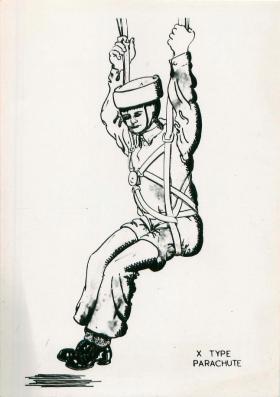
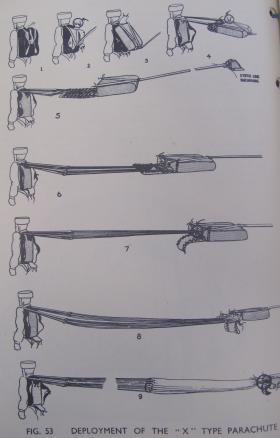
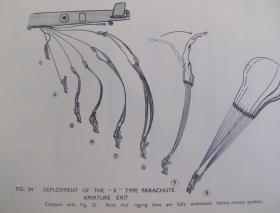
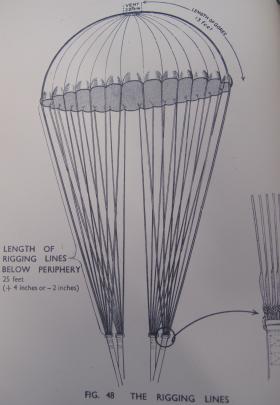
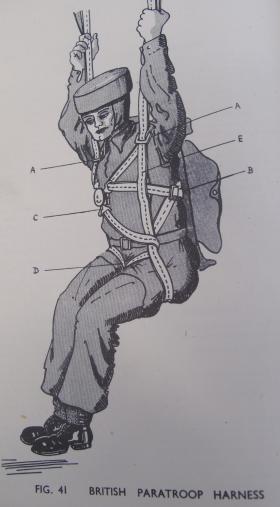
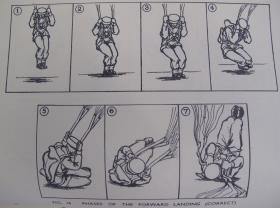
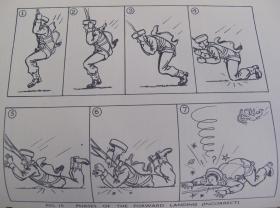
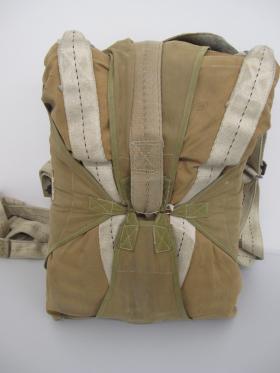
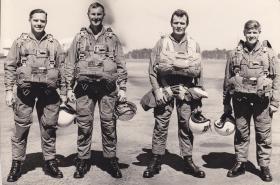
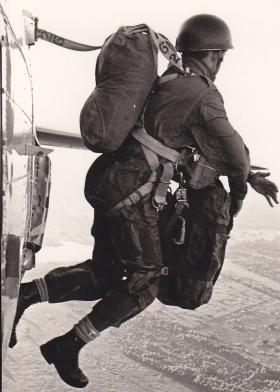
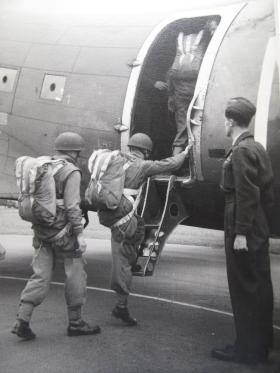
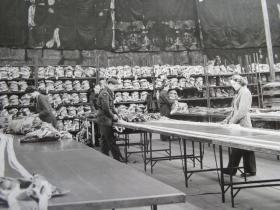
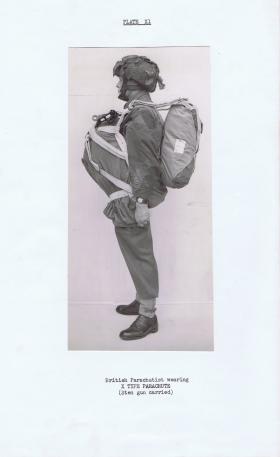
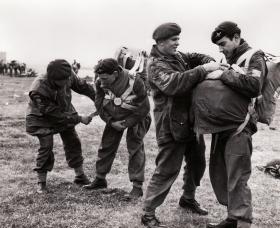



Latest Comments
There are currently no comments for this content.
Add Comment
In order to add comments you must be registered with ParaData.
If you are currently a ParaData member please login.
If you are not currently a ParaData member but wish to get involved please register.